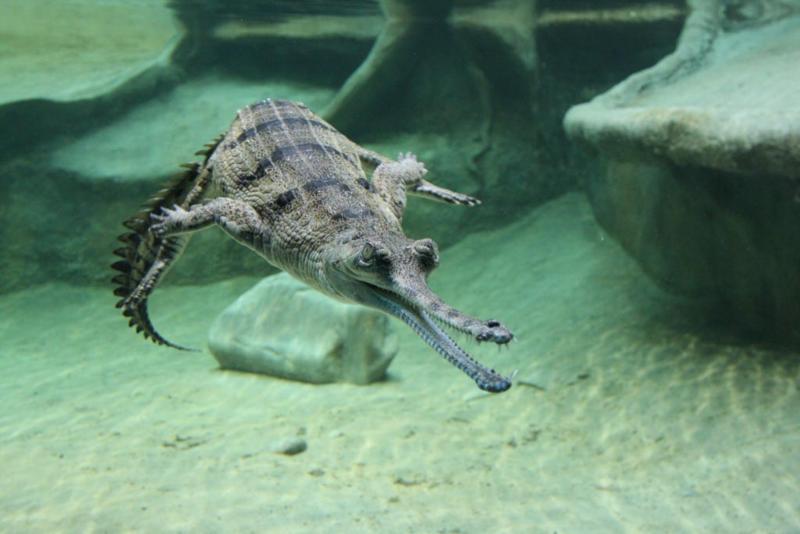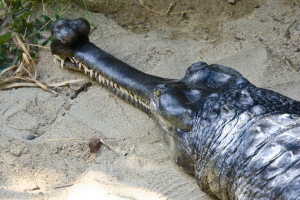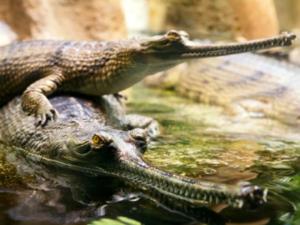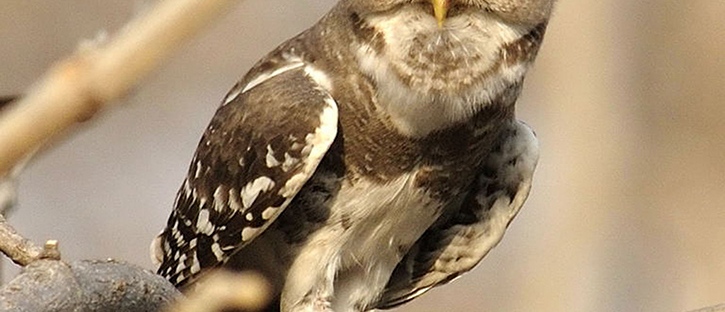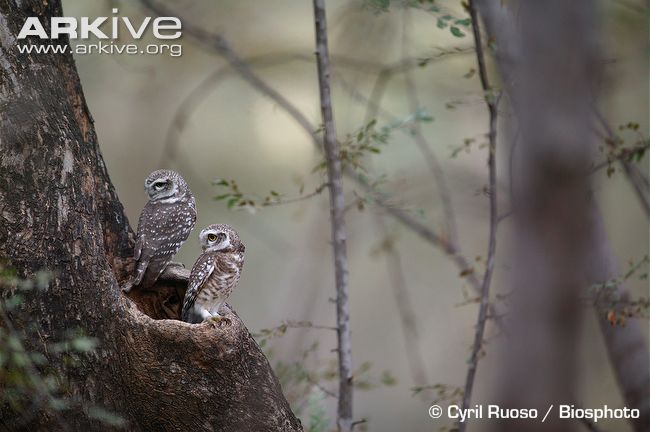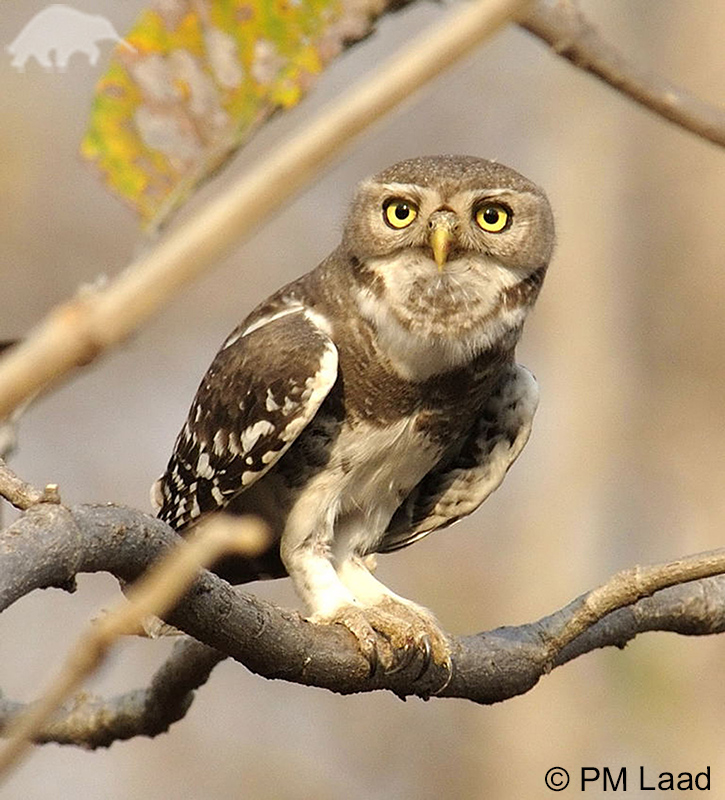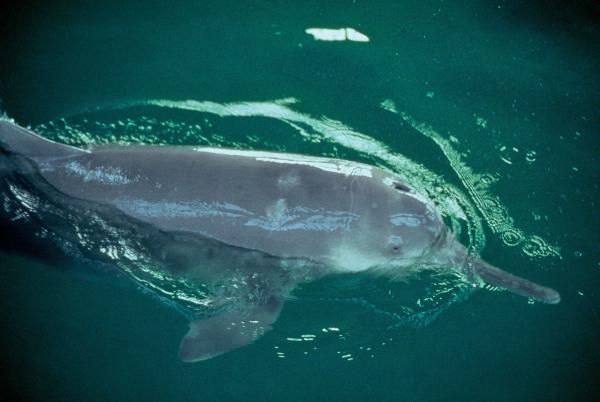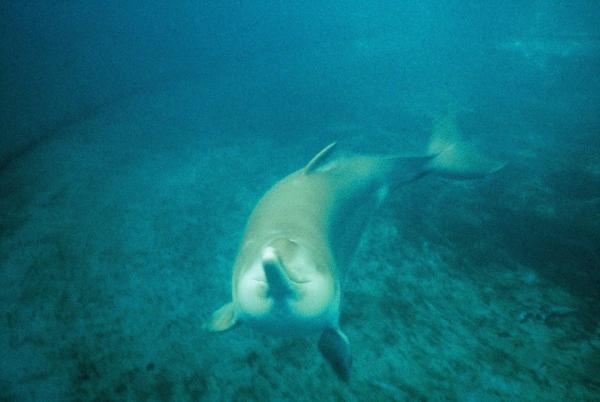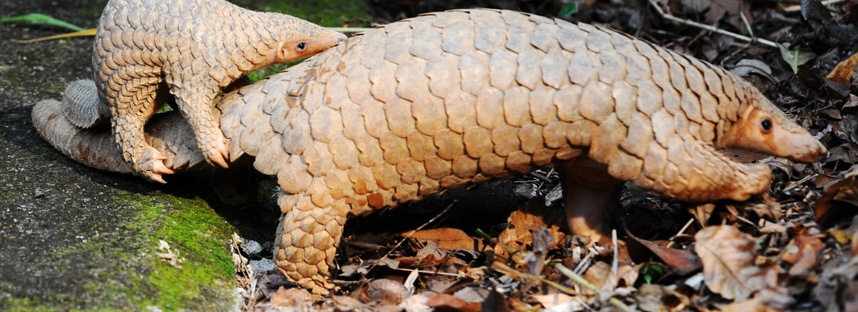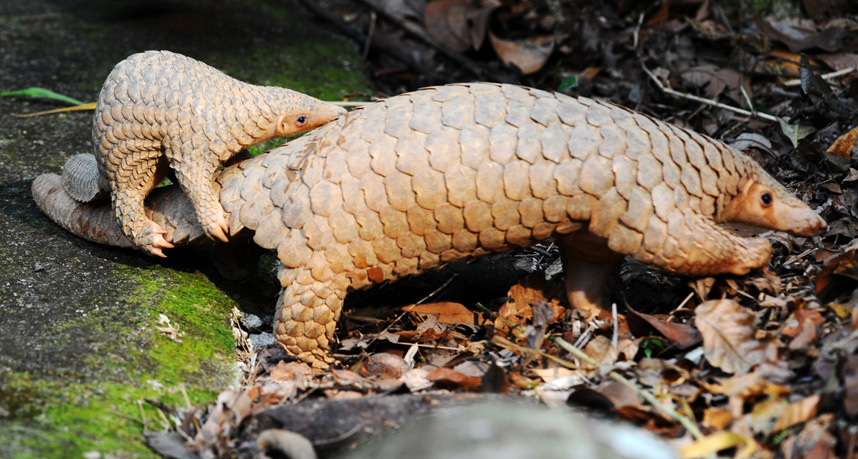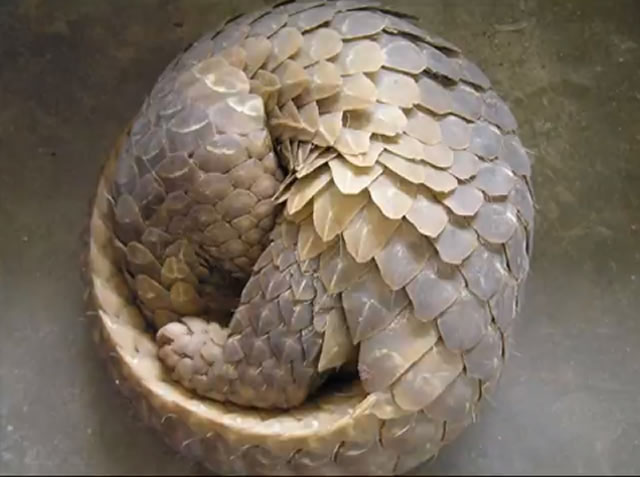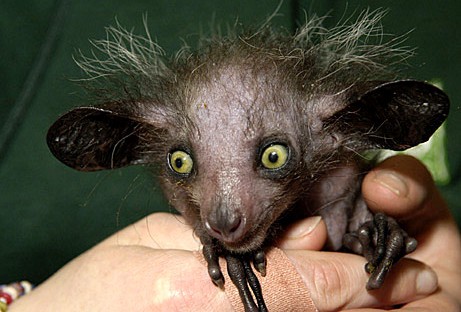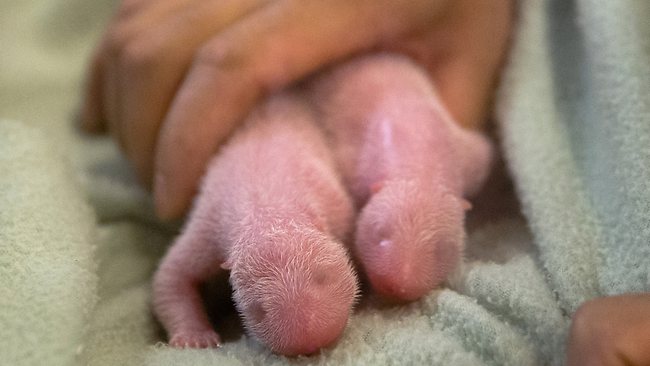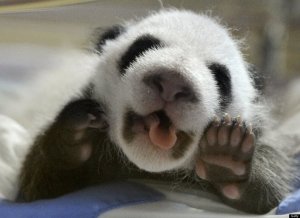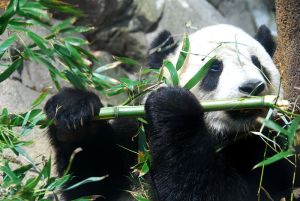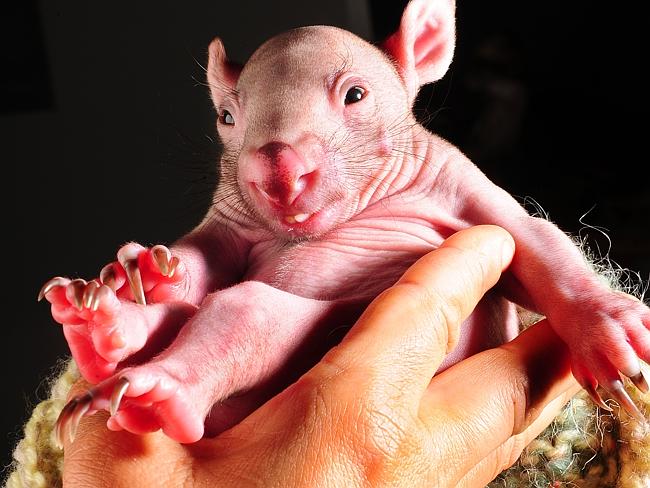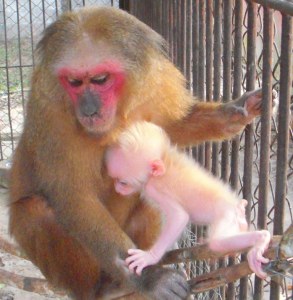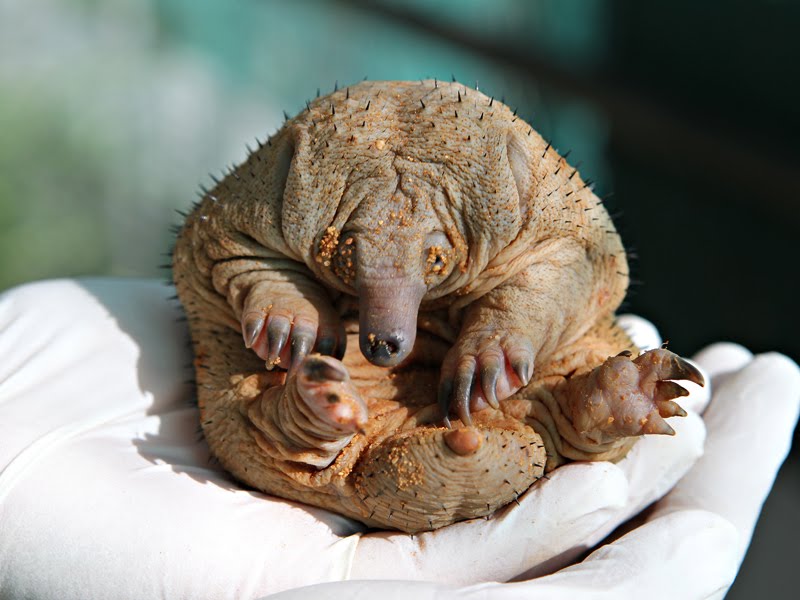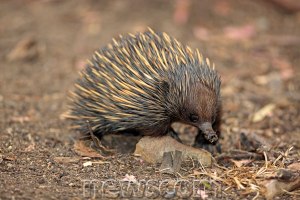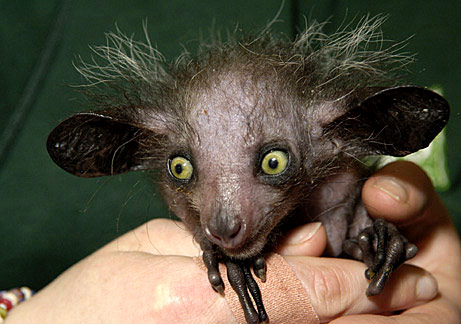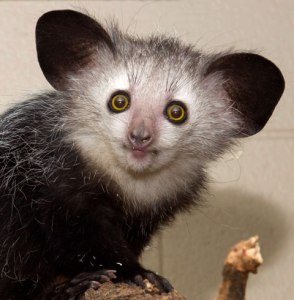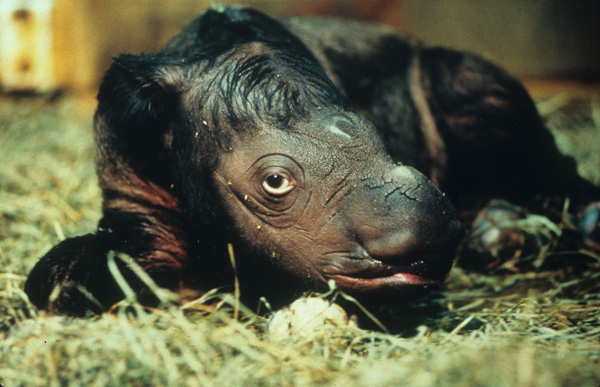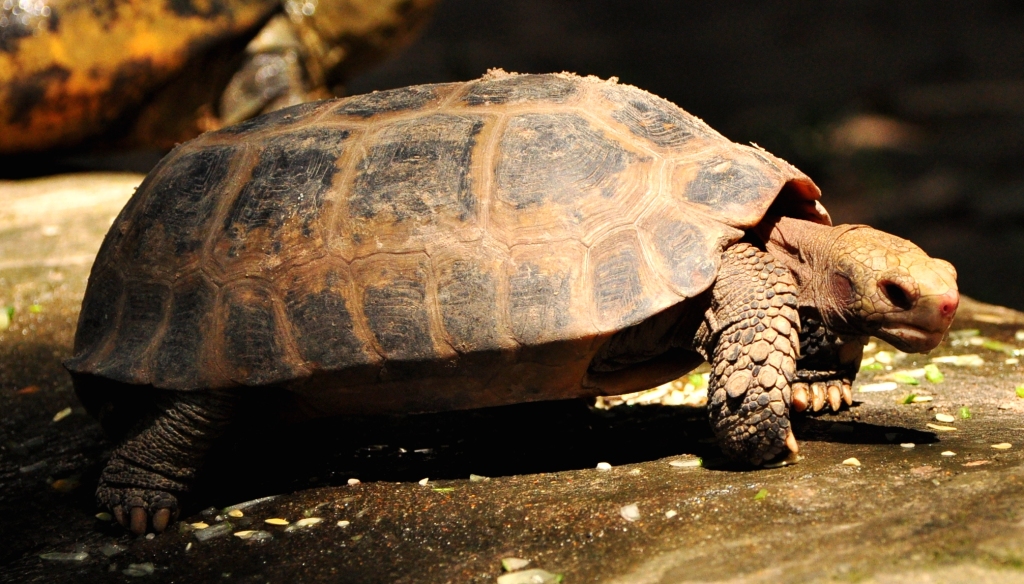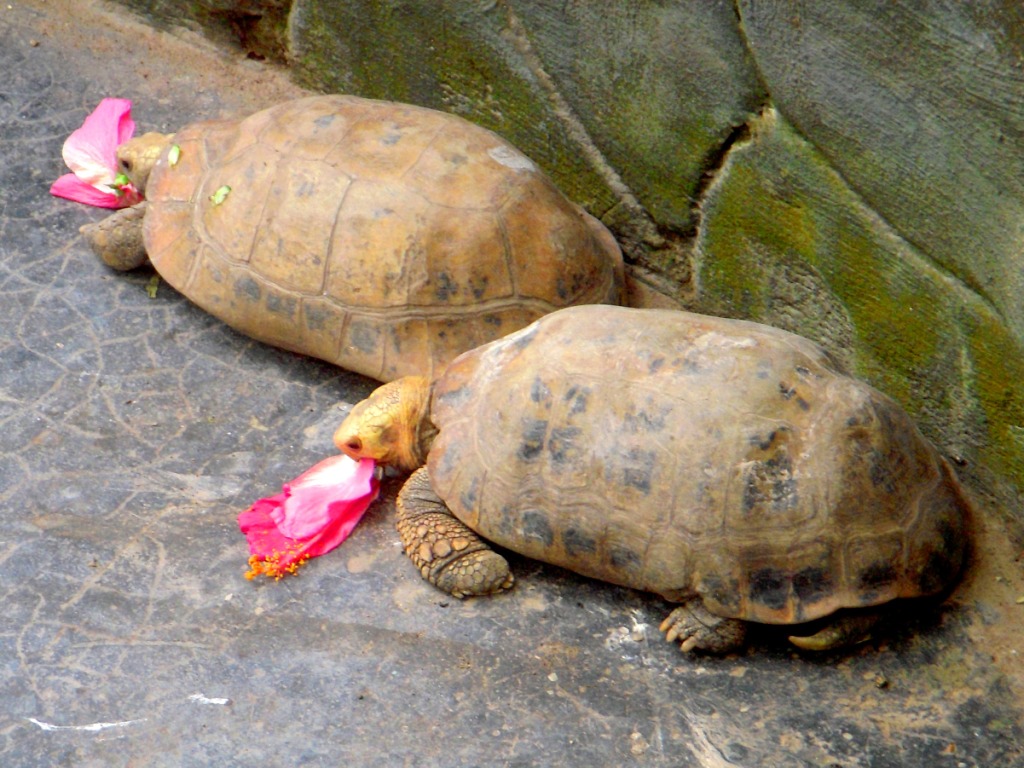Woo hoo, it’s that time again this week for fun fact Friday! A fun fact a week keeps the foolishness away. Today’s topic is tamaraw (Bubalus mindorensis).
This species is listed as Critically Endangered (CR) on IUCN Red List and on Appendix I of CITES. The major threats to this species are habitat loss and illegal hunting for human consumption. Now here are 5 fun facts you probably didn’t know about Bubalus mindorensis:
1. They are dwarf giants. It sounds like a paradox and it is. Tamaraw is also known as Mindoro dwarf buffalo, but despite of their mini size, they are still the largest mammal found within Philippine, their native country.
2. They always have time for make-up. Covered mostly in dark colored fur, light markings can be found above their eyes, forming ‘eyebrows’ and some individuals have white spots on their lower cheeks.
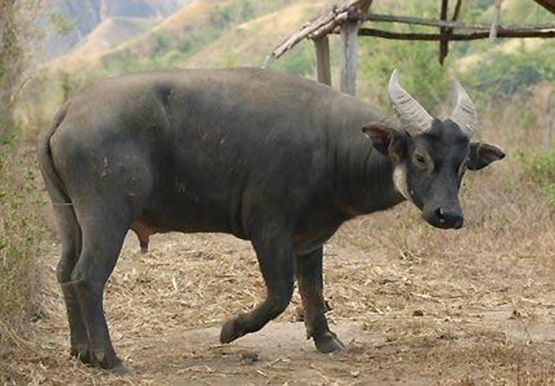
3. They are shy but curious creatures. They rest in thick vegetation during the day and active at night to eat grasses, bamboo shoots, saplings and other vegetation. They were formerly diurnal but changed their active hours to avoid human encroachment and have become nocturnal. They are solitary and known to show aggressiveness towards other tamaraws. They are also said to charge their pursuer.
4. “V” is their favourite letter. One of striking features of tamaraw is their horns. They are V-shaped, growing from the forehead, has flat back surface and triangular base.
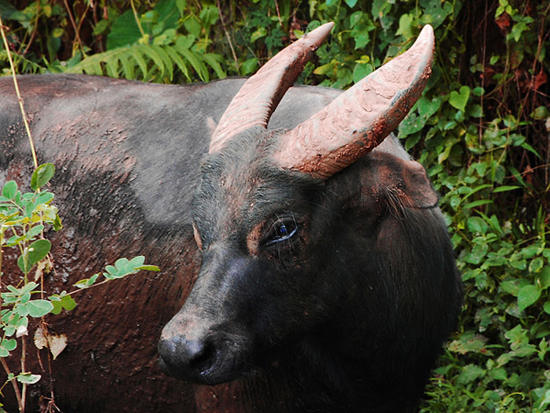
5. They cannot lie about their age. The age of a tamaraw can be seen from its horns. The horns grow longer relative to the length of the ears and broaden at the base. Hence, the horn’s length and thickness can be used to age them. Enjoy reading the fun facts? Do you have a favorite animal or any other animals that you would like me to write the fun facts about? Let me know by commenting below. Spread the info and have a nice weekend! 🙂



